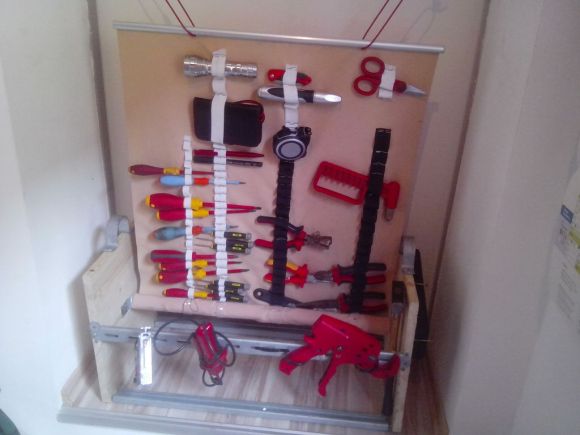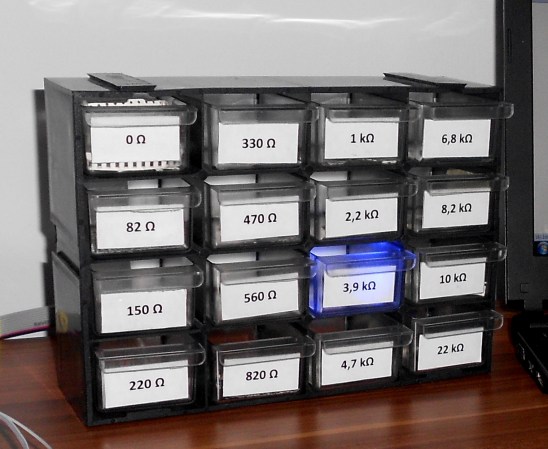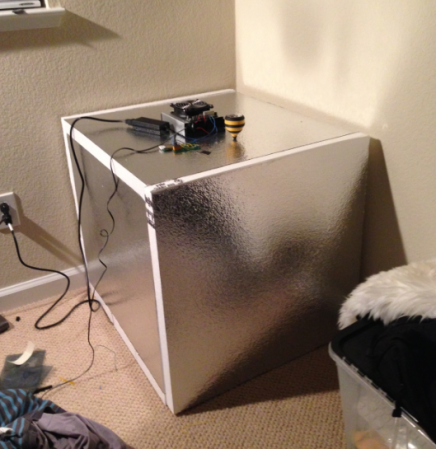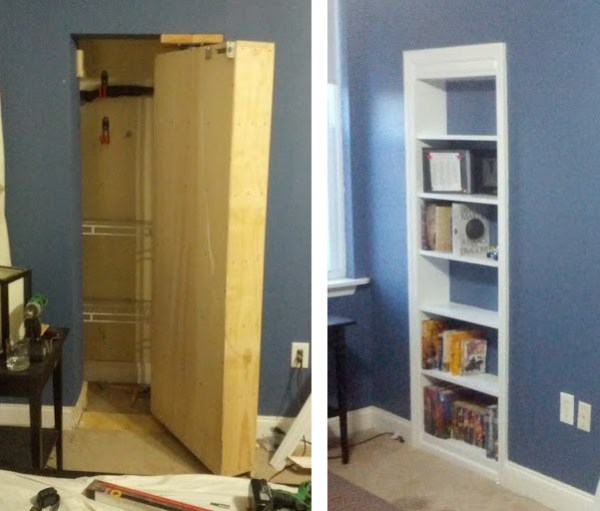
[Anred’s] got the right idea. Everybody and their mother has a toolbox: rectangular, wooden, crowded. You’re not impressing anyone with that old thing. Instead, why not spice it up by rolling it up, with a tool case that spins to store in style?
This storage hack seems to draw its inspiration from field medic roll-up bags, where everything’s laid out for easy access with a quick toss. [Anred] started by taking inventory of all the items he wanted to use on a regular basis, organizing them across a sturdy fabric. Next, he marked all the mounting spots and affixed some elastic material with needle and thread to hold each tool in place. The tools then roll up around a center rod, like an upside-down pull curtain.
















